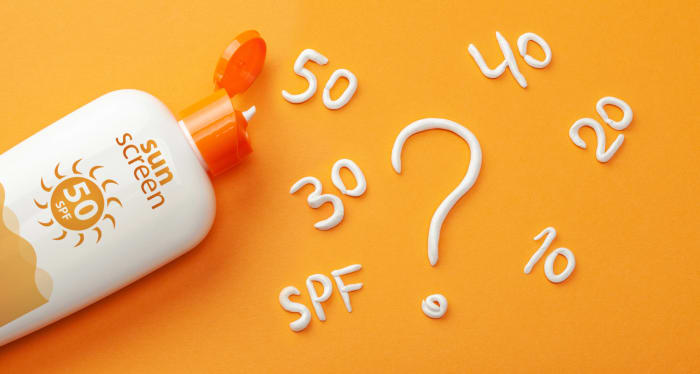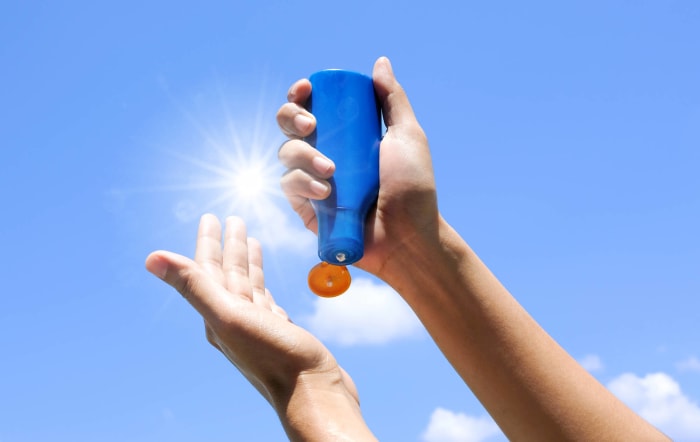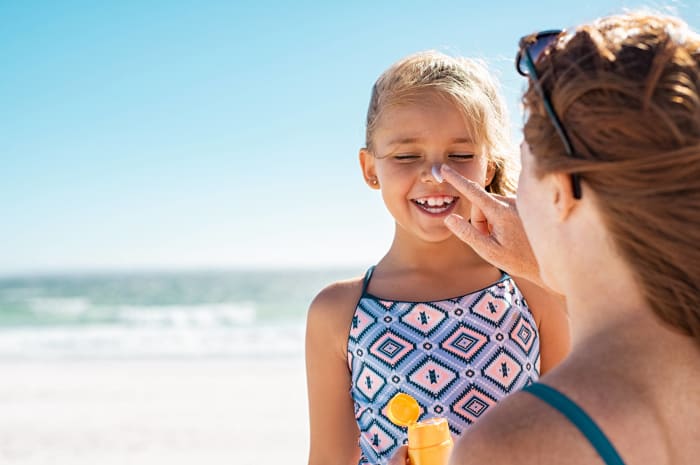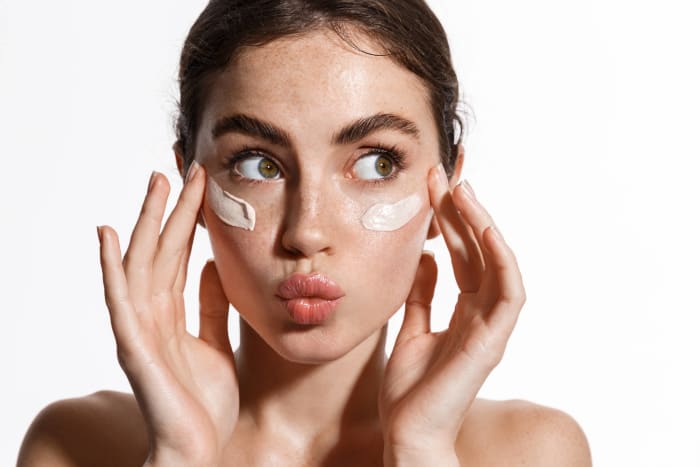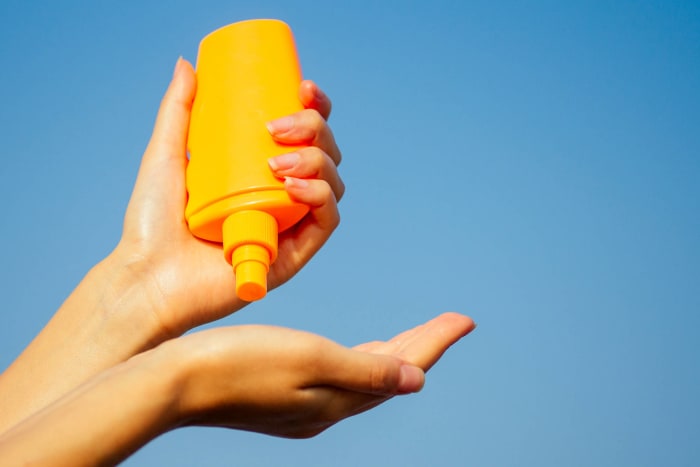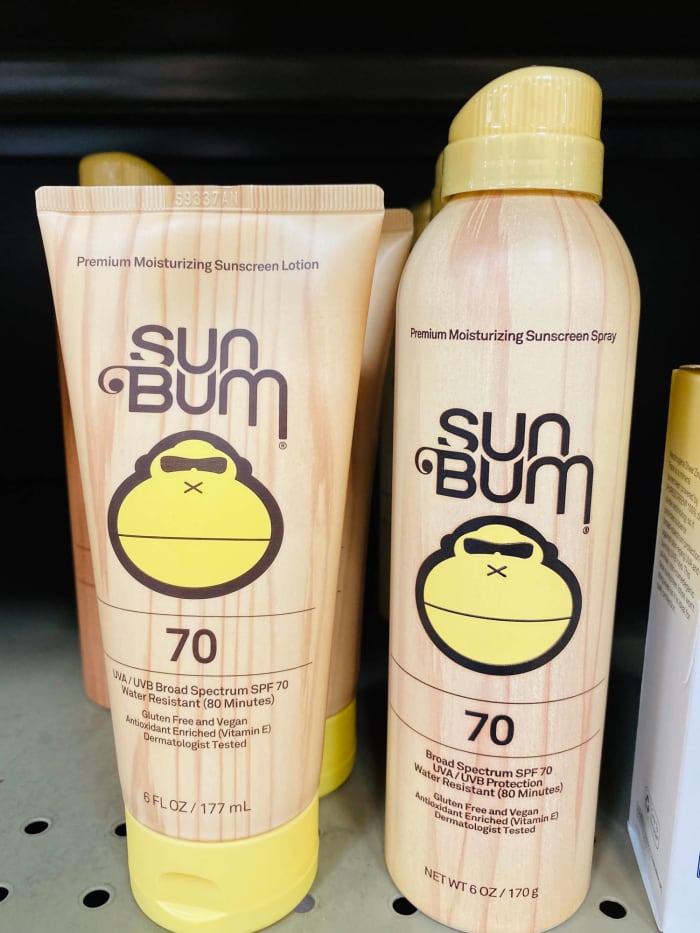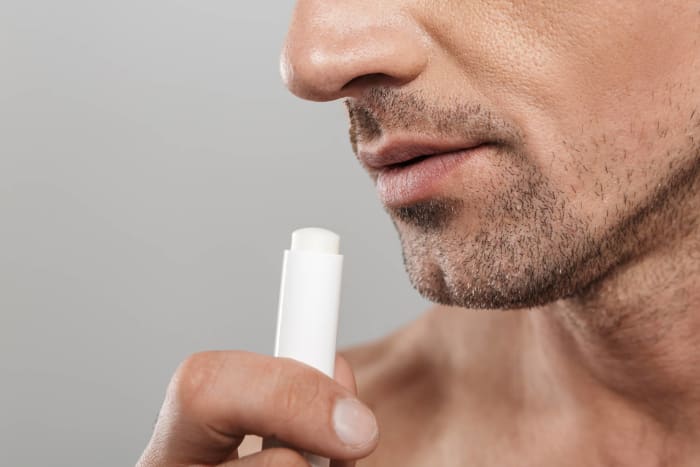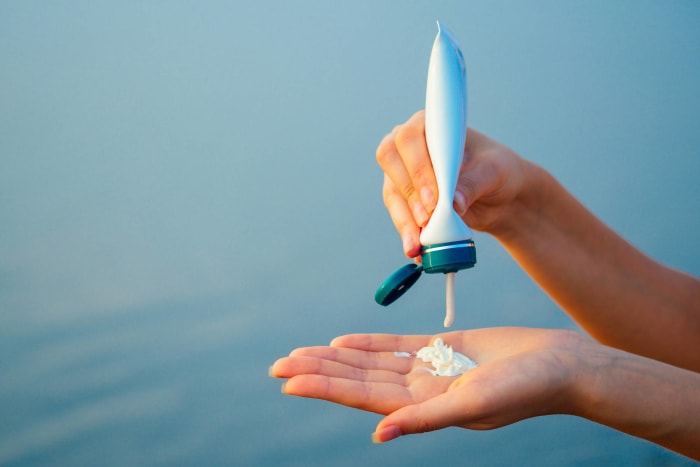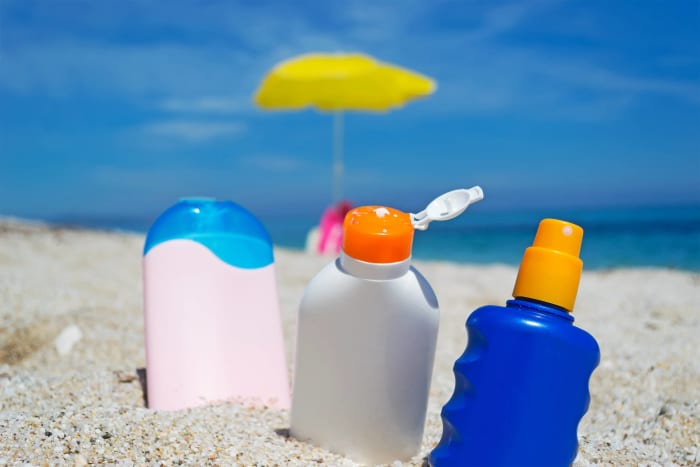x
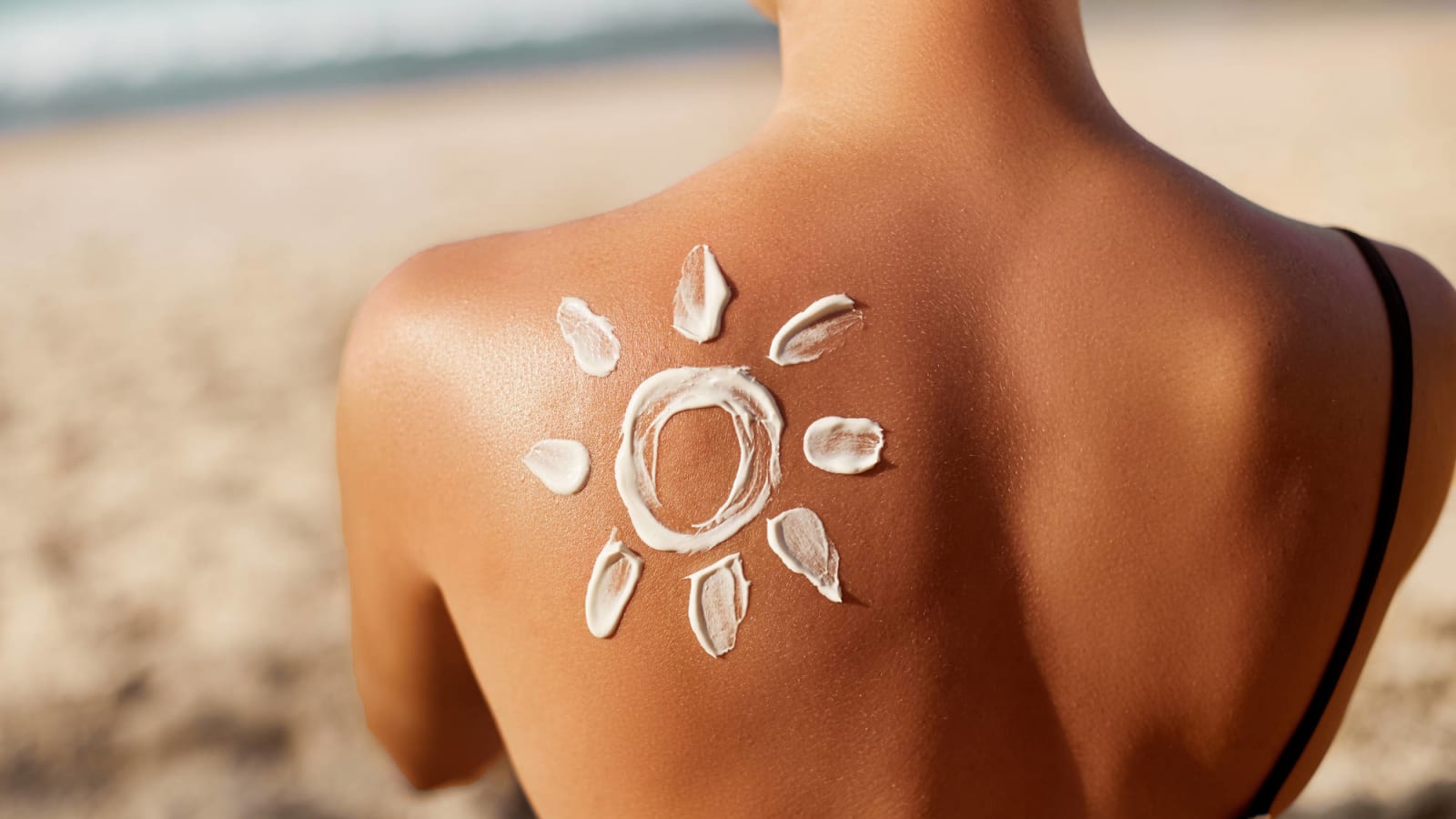
Shutterstock
The dos and don'ts of wearing sunscreen
Because skin cancer is no joke, wearing sunscreen is absolutely an essential part of the day. Between all the different types of sunscreens, SPF values, and two-in-one products that promise plenty of protection, though, it's hard to figure out exactly how to best protect your skin from the sun's damaging rays.
Flip through the slideshow below for 20 essential dos and don'ts for wearing sunscreen, from choosing the right SPF to application tips and more.
More must-reads:
- Mel Kiper Jr. makes big statement about Raiders, Lamar Jackson trade rumors via mock draft
- Knicks snap losing skid with largest margin of victory in franchise history
- The '2025 NFL first-team All-Pro' quiz
Breaking News
Trending News
Customize Your Newsletter
 +
+
Get the latest news and rumors, customized to your favorite sports and teams. Emailed daily. Always free!
